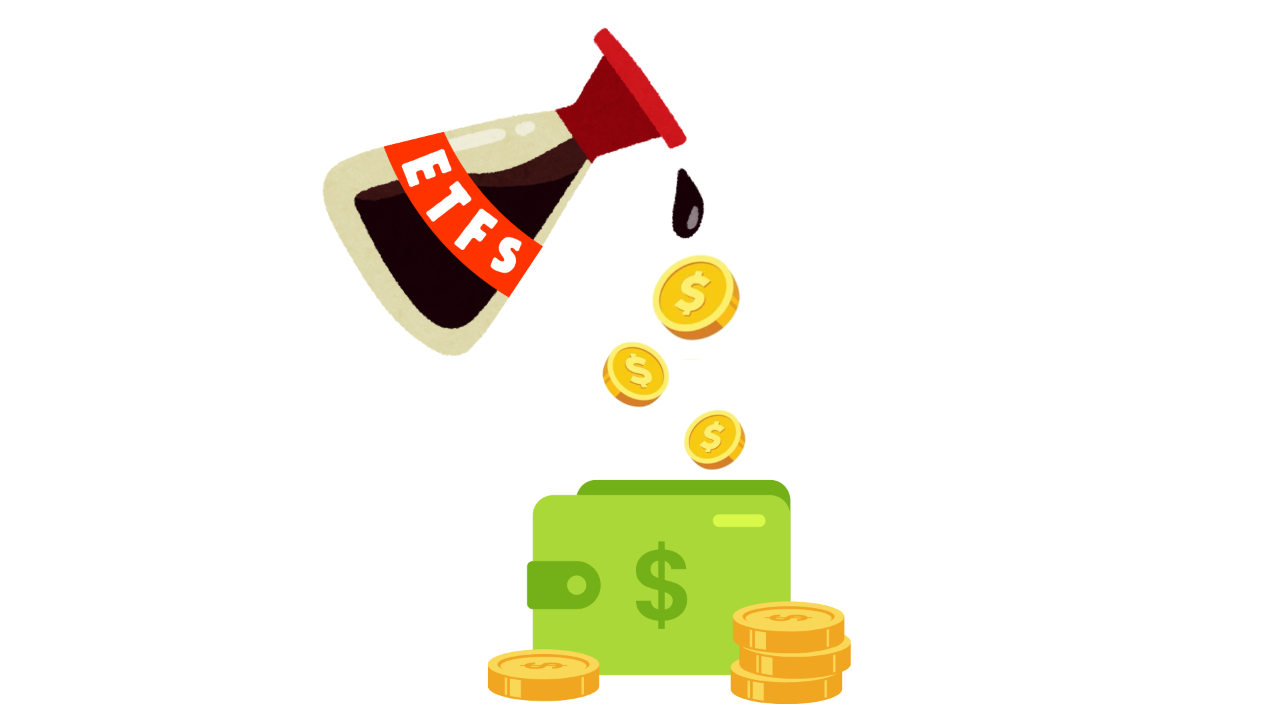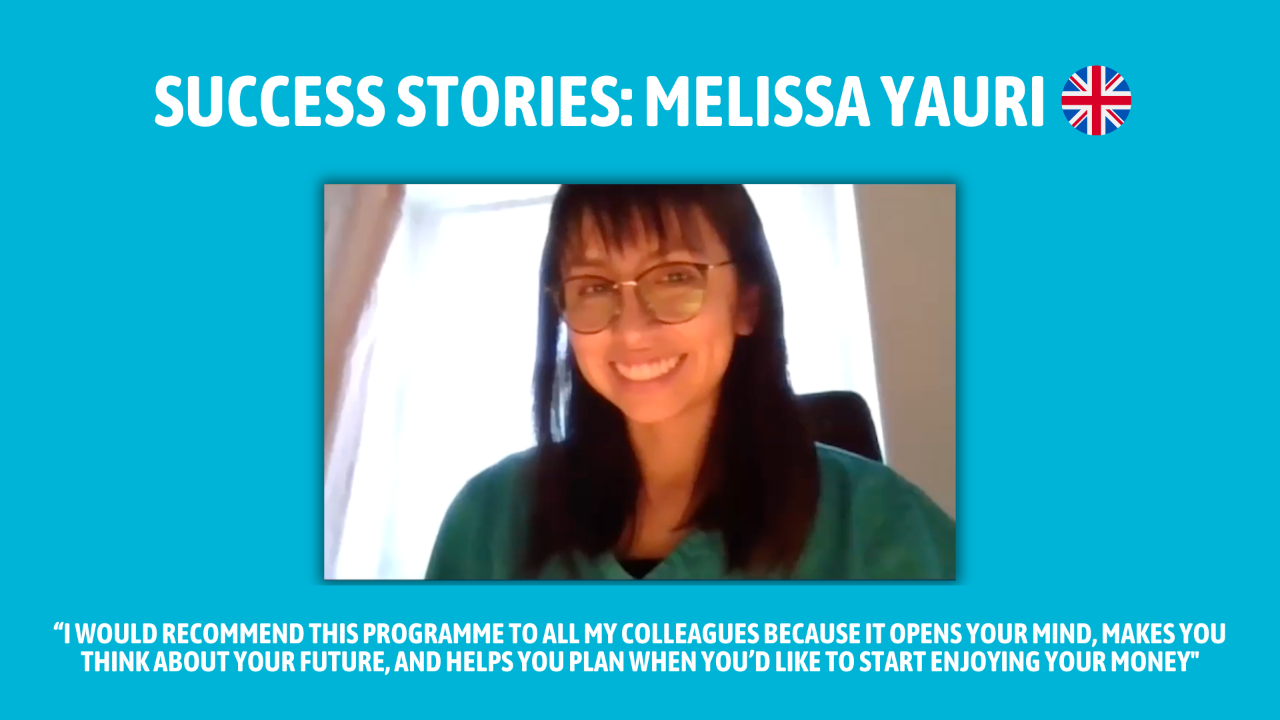
The 4 Steps You Need to Know to Grow Your Money
May 11, 2025Hello Stoic Investors,
Today we’ll look at this post I found on Reddit and try to answer it in the best way possible - the way a Stoic long-term investor would approach it!
Here's the post:

These are 4 steps I suggest you if you want to invest with ease, without it taking up too much of your time, all while keeping a long-term perspective:
Step 1: Open a Stocks & Shares ISA
First things first, before you start investing, you’ll want to open a Stocks & Shares ISA.
This is a type of account in the UK that allows you to invest in stocks, bonds, and ETFs without paying tax on the profits you make.
Why is this important?
When you invest, any gains (profits) you make – whether it’s from selling investments for a higher price or from dividends (the money companies pay you for owning their stock) – would normally be subject to tax.
But with a Stocks & Shares ISA, you can make these gains tax-free.
It’s one of the best ways to grow your money in a tax-efficient manner.
Step 2: Avoid Risky Investments for Now
Next, you might be tempted to invest in things like individual stocks, cryptocurrencies, or mutual funds, but these can be risky, especially if you’re just starting out.
Let’s look at why:
- Individual stocks are when you buy shares in just one company, like Apple or Tesla.
The problem is, if that company does poorly, you could lose money.
Stocks can go up and down a lot, and it’s hard to predict how they’ll perform.
If you’re not ready to spend time analyzing companies, it’s better to avoid individual stocks for now.
- Cryptocurrencies are digital currencies like Bitcoin.
These are even more unpredictable. The price of Bitcoin can change by thousands of pounds in a single day.
While some people have made money from crypto, it’s very risky, and it's difficult to know when to buy or sell.
- Mutual funds are a way of investing in lots of different companies at once, but they often charge high fees.
These fees could be between 1% and 2% each year.
That means if your investment grows by 5%, you might only get 3% after fees.
Over time, those fees can add up and take away a lot of your profits.
Instead, I recommend looking into ETFs (Exchange-Traded Funds).
ETFs are similar to mutual funds but usually have lower fees.
They let you invest in a basket of stocks (many companies at once) without having to pick individual companies.
This is safer because you’re not relying on just one company doing well, and it’s much easier to manage.
ETFs are a great choice for beginners who don’t have the time or expertise to pick individual stocks.
Step 3: How to Split Your £1,000
Now that we know about ETFs, let’s talk about how you can split your £1,000 each month:
- £800 in a Developed Market ETF (like SWDA): This is your safer investment.
It invests in large, stable economies like the US, UK, Japan, and EU.
These economies are less likely to have huge ups and downs, so your investment will grow steadily over time.
This ETF will give you exposure to some of the world’s biggest companies.
- £200 in an Emerging Market ETF (like XMMS): This is a riskier option, but it also offers higher potential for growth.
It invests in countries like China, India, and Brazil.
These economies are growing faster, but they can be more volatile.
The risk is higher, but so is the potential reward.
Step 4: Keep Contributing Every Month
The key to building wealth over time is consistency.
By adding a fixed amount to your investments each month, you’ll grow your wealth slowly but steadily.
The great thing is, you can automate this process.
That means you don’t have to think about it every month – your £1,000 will be automatically invested without you having to do anything.
By investing regularly, your money will grow through compound interest.
This means you’ll earn money not only on your original investment but also on the money your investments have already earned.
Over time, this can lead to huge growth.
Let’s say you invest £1,000 every month for 23 years.
With the power of compound interest, you could end up with £1 million tax-free!
This is a great starting point to help you get going, but keep in mind that your investment strategy should evolve as you progress.
Everyone’s financial situation and goals are unique, so it’s important to adapt and refine your approach as you learn more about the world of investing.
As you gain confidence and experience, your strategy can grow and change to better align with your personal needs and long-term objectives!
So, note down these 4 steps and start investing today:
1. Open a Stocks & Shares ISA: This allows you to invest tax-free and keep your profits without worrying about taxes;
2. Invest in low-fee ETFs: Choose ETFs with low fees to diversify your investments and reduce risk;
3. Split your savings between developed and emerging markets: Invest in stable economies for safety and high-growth markets for greater potential;
4. Automate monthly contributions: Set up automatic monthly contributions to stay consistent and grow your investments over time.





